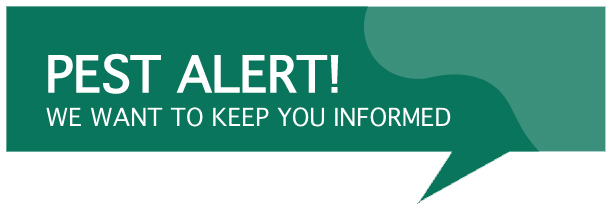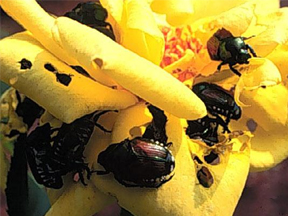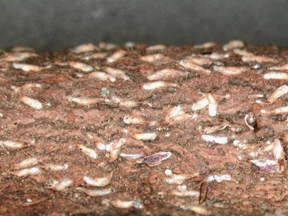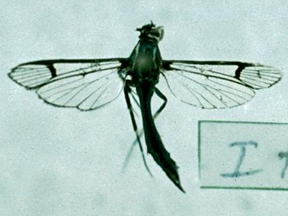Pest Alerts!
go.ncsu.edu/readext?618258
en Español / em Português
El inglés es el idioma de control de esta página. En la medida en que haya algún conflicto entre la traducción al inglés y la traducción, el inglés prevalece.
Al hacer clic en el enlace de traducción se activa un servicio de traducción gratuito para convertir la página al español. Al igual que con cualquier traducción por Internet, la conversión no es sensible al contexto y puede que no traduzca el texto en su significado original. NC State Extension no garantiza la exactitud del texto traducido. Por favor, tenga en cuenta que algunas aplicaciones y/o servicios pueden no funcionar como se espera cuando se traducen.
Português
Inglês é o idioma de controle desta página. Na medida que haja algum conflito entre o texto original em Inglês e a tradução, o Inglês prevalece.
Ao clicar no link de tradução, um serviço gratuito de tradução será ativado para converter a página para o Português. Como em qualquer tradução pela internet, a conversão não é sensivel ao contexto e pode não ocorrer a tradução para o significado orginal. O serviço de Extensão da Carolina do Norte (NC State Extension) não garante a exatidão do texto traduzido. Por favor, observe que algumas funções ou serviços podem não funcionar como esperado após a tradução.
English
English is the controlling language of this page. To the extent there is any conflict between the English text and the translation, English controls.
Clicking on the translation link activates a free translation service to convert the page to Spanish. As with any Internet translation, the conversion is not context-sensitive and may not translate the text to its original meaning. NC State Extension does not guarantee the accuracy of the translated text. Please note that some applications and/or services may not function as expected when translated.
Collapse ▲
Japanese Beetles Have Emerged
Original Alert Sent May 2019

Japanese Beetles in Turf
First reported in North America in 1916, the Japanese beetle now occurs in most of the eastern United States. About 1⁄ 2 inch long, Japanese beetles are a shiny, metallic green with coppery brown wing covers that extend almost to the tip of the…
Read more | turffiles.ncsu.edu
Management of Adult Japanese Beetles for Commercial Nursery and Landscape Operations
This entomology insect note describes the management of Japanese beetles in commercial nursery and landscape operations. Scouting, monitoring and control of these insect pests is discussed.
Read more | content.ces.ncsu.edu
Japanese Beetles on Ornamental Landscape Plants
This Entomology Insect Note describes the biology and control of Japanese beetle adults, which feed on many species of ornamental trees, shrubs, and flowers.
Read more | content.ces.ncsu.edu
Japanese Maple Scale Crawlers Hatching in the Foothills
Original Alert Sent May 2019
 Eggs of Japanese maple scale are hatching in Morganton. Applying an insecticide about a week after crawlers are first seen will ensure the product reaches the most crawlers. Products containing the insect growth regulations buprofezin (Talus) and pyripoxyfen (Distance, Fulcrum) work well. A second generation hatches in late summer.
Eggs of Japanese maple scale are hatching in Morganton. Applying an insecticide about a week after crawlers are first seen will ensure the product reaches the most crawlers. Products containing the insect growth regulations buprofezin (Talus) and pyripoxyfen (Distance, Fulcrum) work well. A second generation hatches in late summer.
Read more | content.ces.ncsu.edu
Lesser Peachtree Borer
Original Alert Sent April 2019
 Borer adults have been found in the western part of Buncombe County. These insect tend to attach various species of Prunus and particularly are problematic on Cherry Laurel. If you have are managing or growing Prunus laurocerasus, or cultivars such as Otto Luyken Laurel, Skip Laurel etc, in your landscapes or nurseries please be aware that the adults have emerged in numbers. This emergence is in direct sequence with the flowering of Cherry Laurel and could vary within the region. The adults are mating and the females will be laying eggs during this time. Insecticides to control the larvae should be applied within the next 7-10 days.
Borer adults have been found in the western part of Buncombe County. These insect tend to attach various species of Prunus and particularly are problematic on Cherry Laurel. If you have are managing or growing Prunus laurocerasus, or cultivars such as Otto Luyken Laurel, Skip Laurel etc, in your landscapes or nurseries please be aware that the adults have emerged in numbers. This emergence is in direct sequence with the flowering of Cherry Laurel and could vary within the region. The adults are mating and the females will be laying eggs during this time. Insecticides to control the larvae should be applied within the next 7-10 days.
Treat Now to Prevent Damage from Maple Shoot Borer
We are nearing the end of the time to treat maple trees for maple shoot borer. The most obvious symptoms of maple shoot borer are wilting of new shoots and flagging. Once damage is visible, it is too late for treatment, so if you’ve had a problem with this pest in the past, you may want to consider spraying. A single application of a pyrethroid like bifenthrin or cyfluthrin will be effective.
Read more | entomology.ca.uky.edu




